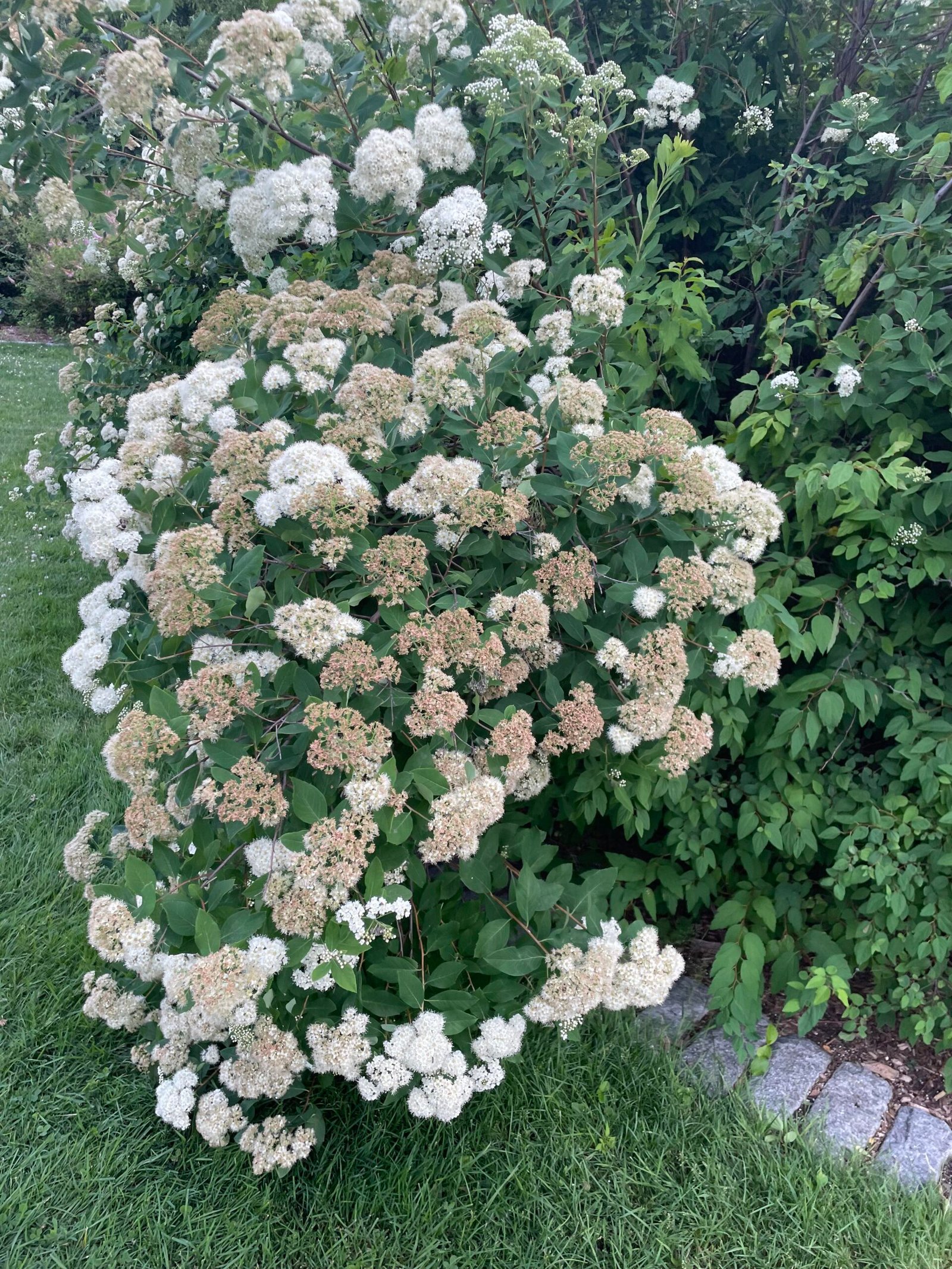Crying is more than just shedding tears.
It’s your body’s way of processing emotions and making you feel better in the moment. In 2024, all we hear about is mental health and therapy, but to what extent does therapy always help you? I haven’t gone through therapy myself, as I’ve heard so many stories about not finding the right therapist, not getting the right advice to feel better afterward, and especially the fact that we might not always have that type of money lying around to put towards something that we’re not sure is right for us. Therapy might work, but crying will work.
Crying is something that we already do and when we start to think more about it, why wouldn’t we? It’s a free, readily available way to process emotions and find peace. Let’s think a bit about why crying is so cathartic and how it can be a healthy alternative to traditional therapy.
The Science of Crying
When we cry, our lacrimal glands produce tears, which come in three types: basal, reflex, and emotional.
Basal tears keep our eyes moist, reflex tears help protect our eyes from irritants, and emotional tears are produced when we experience strong emotions. These emotional tears contain higher levels of stress hormones and toxins compared to the other types, which means that crying helps release stress from our bodies. Research indicates that crying can stimulate the release of endorphins, which are natural painkillers, and oxytocin, often referred to as the “love hormone.” These chemicals help reduce both physical and emotional pain, creating a sense of relief and well-being.
Isn’t this the same effect that we wished therapy would achieve?
Crying as a Cathartic Release
Have you noticed that you feel miles better after crying? This is because crying acts as an emotional release. Bottling up emotions can lead to increased stress and physical symptoms like headaches or stomach issues. Crying allows us to express and release these emotions in a healthy manner. It serves as an emotional reset, similar to a detox for the soul, helping to clear away emotional clutter. After crying, people often report feeling lighter, calmer, and more centered. It’s a form of self-care accessible to everyone, anytime and anywhere.
Crying vs. Therapy: A Free Alternative
While therapy is a great tool for mental health, offering a structured environment to explore and understand our feelings, it can be costly and inaccessible for many. Crying, however, is free and always available. Although it’s not a replacement for therapy, it can complement professional treatment by providing a way to release pent-up emotions in the moment, making stress and anxiety easier to manage daily.
(Also, just trying talking to a friend! You might be surprised by how much others care for you.)
Cultural Perspectives on Crying
Cultural attitudes towards crying vary widely. In some cultures, it is seen as a sign of weakness, particularly for men, which can prevent people from expressing their emotions freely. Challenging these outdated notions is important. Crying is not a sign of weakness but a sign of being human. Everyone, regardless of gender, should feel free to express their emotions without shame. Embracing our tears allows us to be more authentic and connected to our true selves.
How to Embrace Your Tears
If you’ve been holding back your tears, consider these tips to embrace the healing power of crying:
- Create a Safe Space: Find a quiet, comfortable place where you feel safe to cry.
- Allow Yourself to Feel: Don’t judge your emotions. All feelings are valid, whether triggered by a sad movie, a stressful day, or deeper issues.
- Use Music or Movies: A sad song or touching movie can help trigger tears, especially if you’re feeling emotionally blocked.
- Talk to Someone: Share your feelings with a trusted friend or family member for support.
- Journal Your Emotions: Writing down your thoughts and feelings can help you process them and may lead to a good cry.
The Happy Aftermath
After crying, take a moment to care for yourself. Drink some water, take deep breaths, and engage in a calming activity like reading, meditating, or walking. Crying is a natural and healthy way to cope with emotions, reminding us of our humanity and the depth of our feelings.
Final Thoughts: The Cathartic Power of Crying
Crying is a natural gift that helps release pent-up emotions and find peace. It’s accessible to everyone and doesn’t require any special tools or appointments. While therapy is incredibly valuable, crying can be a powerful supplement to professional help or a standalone method for emotional relief. So, the next time you feel the tears welling up, don’t hold back. Embrace them and let them do their healing work.
Stay kind to yourself and others, and keep embracing the cathartic power of your emotions.
With warmest wishes from someone who cares,
Jack

2 comments